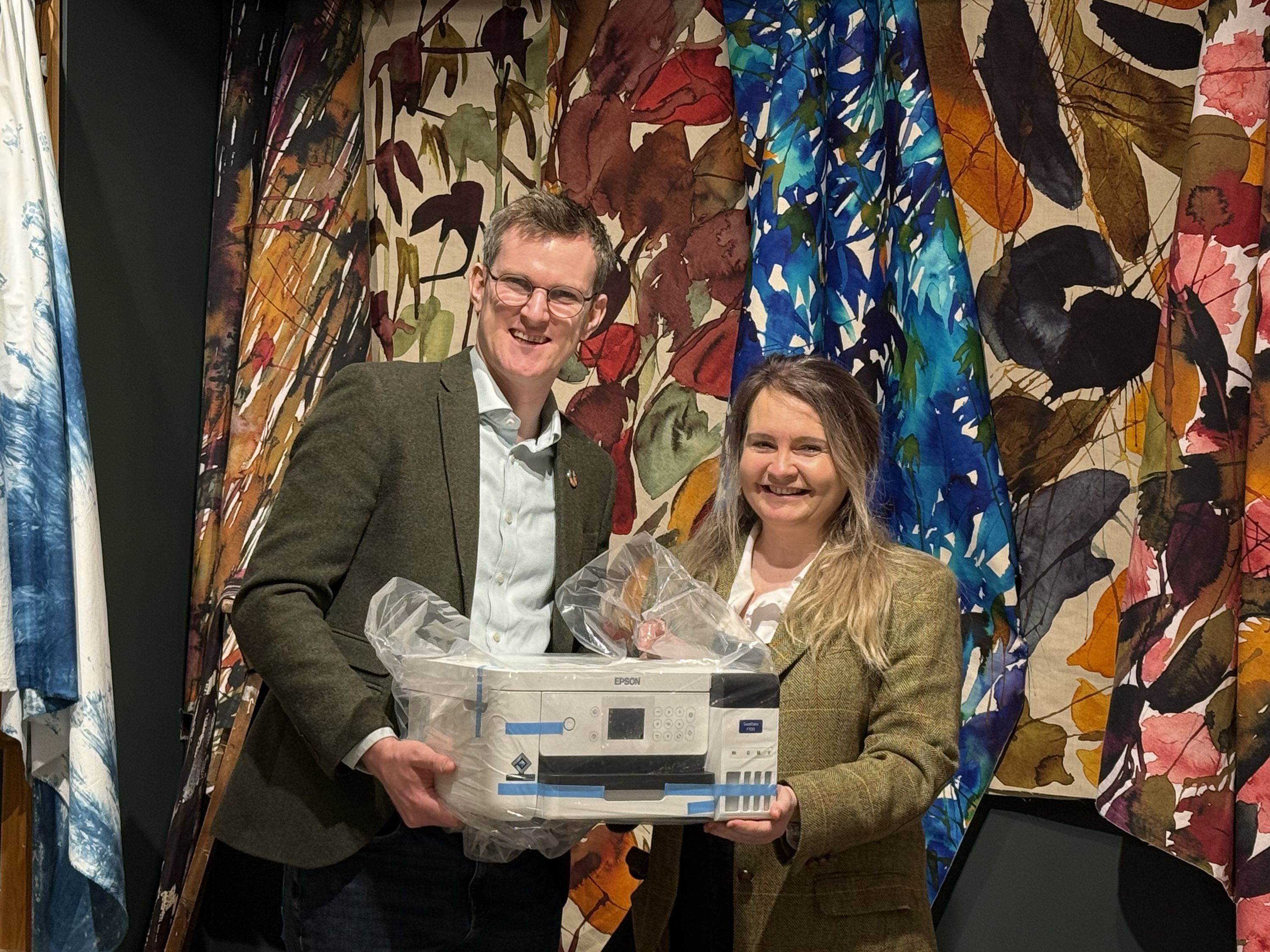FESPA Coffee Break: Process Control - How to set up effective colour workflows to save money!
The webinar is hosted by FESPA's Technical Manager, Graeme Richardson-Locke. In this discussion we’re pleased to have the support of Toby Burnett, Director EMEA & Americas at PrintFactory the print workflow software developer and Paul Sherfield, owner of The Missing Horse Consultancy who specialise in setting up digital workflows in the Printing and Pre-Media industries.
Saving money comes from planning and implementing colour workflows that ensure predictable results for any media at any time. We touch on the essential tools required for inkjet printing, from PDF-X files, display screens, colour management in Adobe, standardised viewing conditions and measuring colour for media profiling that allow you to guarantee results so that your colour workflow meets your customer needs.
Areas that are covered include how to improve your process controlled workflow, how to improve customer files, screen, desktop software and print viewing conditions, colour management in DFE digital front end/RIP) and the importance of device profiles and print quality assessment and validation.
Topics
Interested in joining our community?
Enquire today about joining your local FESPA Association or FESPA Direct
Recent news

The Rise of B2B in Print-On-Demand: Mastering Personalisation to Drive Growth
Rusty Pepper highlights the B2B shift in Print-On-Demand, focusing on personalisation's role in driving growth. He discusses market differences between Europe and the U.S., challenges in global scaling, and strategies for successful implementation. Experts will share insights at FESPA 2025, covering automation, fulfilment, and market trends.

Navigating the Evolving Landscape of Fashion, Print and Sustainability
In this podcast, Debbie McKeegan and April Holyome – head of Product at the luxury Italian brand 16Arlington discuss the evolving landscape of fashion at the Epson Textile Academy.
.jpg?width=550)
Awarding Talent: Joanne O’Rourke Wins the Epson Eco Stories Textile Challenge and Trip to FESPA 2025
Joanne O'Rourke won the Epson Eco Stories Textile Challenge, receiving an Epson SureColor SC-F100 printer and a trip to FESPA 2025 in May. The award highlights the importance of supporting emerging designers for a sustainable print industry. These "digital natives" drive innovation, sustainability, and technological advancement, crucial for the sector's future.

The importance of Personalisation in Direct Mail - The Power of Print
Jeroen van Druenen, CCO of Jubels discusses how personalised direct mail, especially print, boosts engagement and ROI by tailoring content to individual recipients. Using variable data printing (VDP), marketers create unique designs and offers, enhancing relevance and fostering stronger customer relationships. Physical mail's tangibility and lasting impact further amplify personalisation's effectiveness.